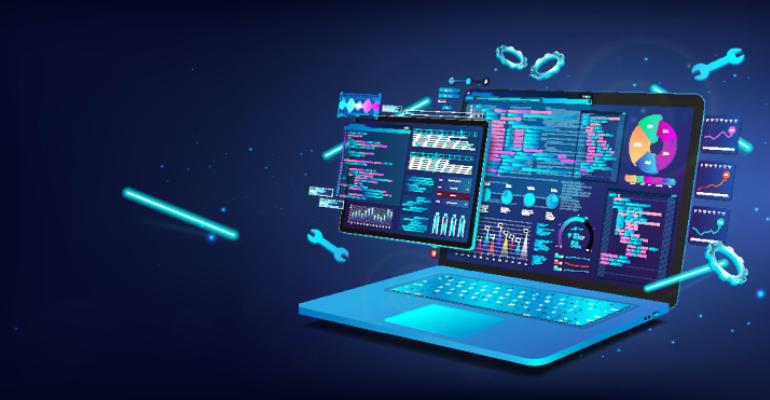Folks these days are predicting that AI is poised to revolutionize virtually everything, and data center infrastructure management (DCIM) is no exception. You need not google long to find articles about how AI will change the way businesses approach the traditionally complex and time-consuming DCIM process.
But like many AI predictions, it's easy to overstate the extent to which AI will impact DCIM. AI can certainly help make DCIM more efficient, but it's probably not going to revolutionize it any time soon.
Allow me to explain by discussing what AI can and can't do to improve DCIM.
What Is DCIM in Data Centers?
Data center infrastructure management, or DCIM, is the process of monitoring and managing all the equipment within a data center. It applies to IT equipment, like servers, as well as the complementary systems, like HVAC infrastructure, that data centers depend on.
DCIM is important because even a small data center could contain tens of thousands of individual equipment components, and data center operators want to know when one of them fails or behaves suboptimally. DCIM software helps not just to keep track of everything inside a data center, but also to monitor equipment for problems and keep it up to date.
DCIM can even play a role in sustainability by helping businesses optimize data center energy efficiency.
How AI Could Improve DCIM
DCIM requires collecting and analyzing a lot of data, which is the main reason why AI can benefit DCIM processes. AI can help data center operators make sense of vast quantities of information about their infrastructure, and make more effective decisions about infrastructure management and expansion.
For example, DCIM tools that incorporate AI engines can more accurately identify anomalies, like unusual power usage patterns by a server, that could signal a problem. They can also help predict future infrastructure capacity requirements, which would help data center owners expand their facilities in the most cost-effective and sustainable way.
There are other ways to apply AI to DCIM, too – at least in theory. Generative AI could potentially produce recommendations to guide data center technicians through equipment maintenance tasks, for instance. It could also possibly generate recommendations for optimal equipment layout or configurations.
The Limitations of AI for DCIM
While it's easy to get excited about how AI could potentially enhance the way businesses manage data center infrastructure, data center operators probably shouldn't bet that AI will transform their DCIM processes anytime soon. There are two reasons why.
First, some of the DCIM strategies that are sometimes described as AI – specifically, those that involve analyzing data to identify patterns and anomalies – aren't all that new and are only arguably a form of AI. You could also contend that they're just forms of descriptive and predictive analytics, and that not all analytics is AI.
In other words, it's debatable whether a DCIM tool that parses a bunch of power consumption metrics and flags anomalies, or that generates alerts when too many servers are down, is an example of AI in DCIM.
Plus, even if you do choose to call those features AI, they are not very novel. Analytics, alerting, and business intelligence (BI) functionality have been a part of many DCIM tools for years.
As for generative AI use cases for data center infrastructure management, those remain highly theoretical.
To date, no DCIM vendor has added major generative AI functionality to its tools, and it's unclear how well such features would even work. Generative AI services are infamous for "hallucinating," which is a euphemistic way of saying they make stuff up. That tendency might make generative AI too unreliable to use in DCIM right now, where small missteps could trigger major equipment failures.
DCIM and AI: Time Will Tell
In short, DCIM can certainly benefit from analytics tools that can help data center operators make sense of the vast quantities of data they have to interpret while managing data center infrastructure. But many DCIM tools have offered that functionality for a long time; they just didn't often call it AI because it's arguably only a form of AI.
Meanwhile, flashier use cases for AI in DCIM – like using generative AI to create guidance or bespoke configurations for data center infrastructure – are fun to talk about, but implementing them remains unrealistic at the present moment. Perhaps that will change if AI technology dramatically improves. But I wouldn't count on the AI revolution coming for DCIM anytime soon.





